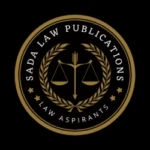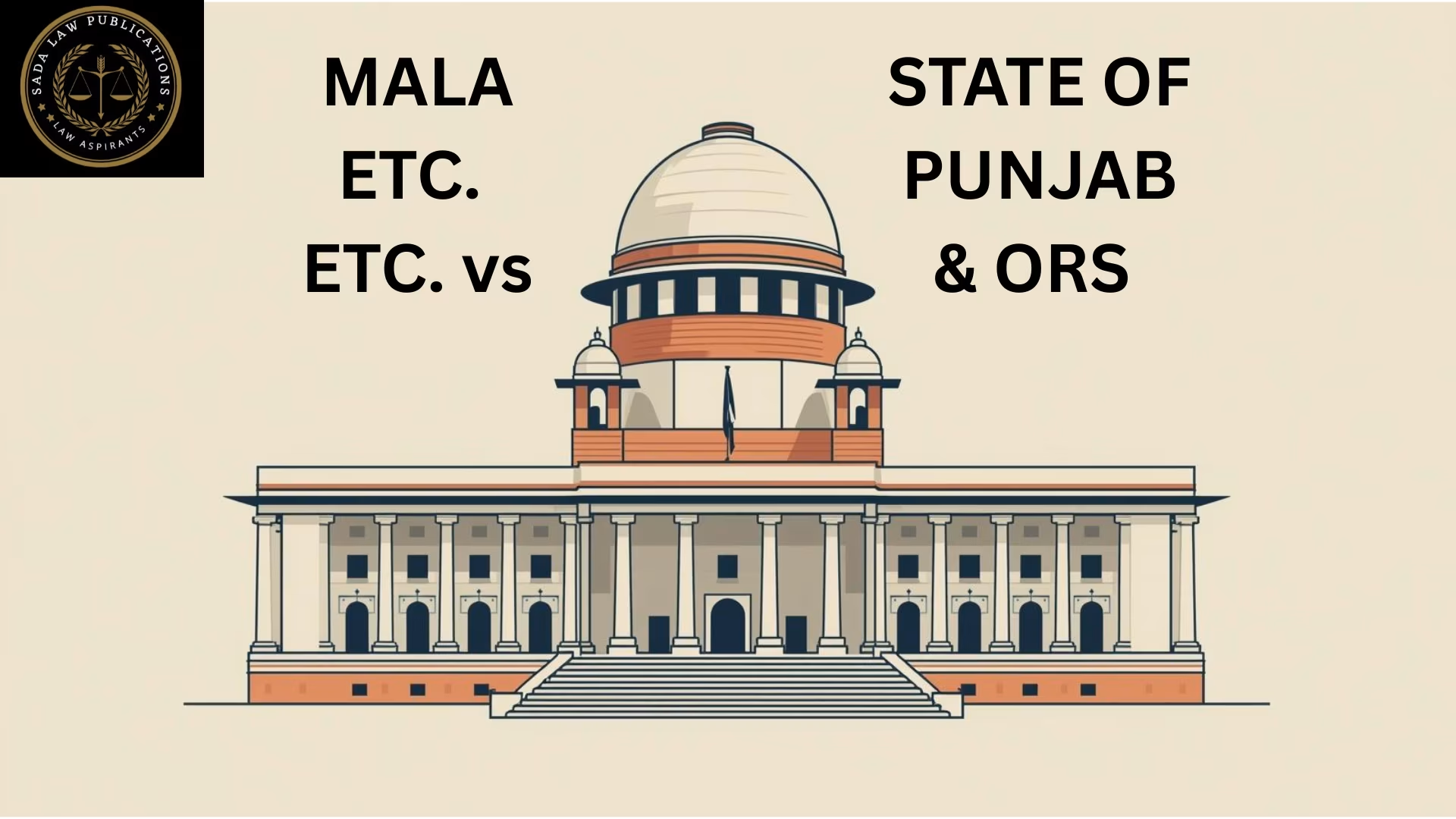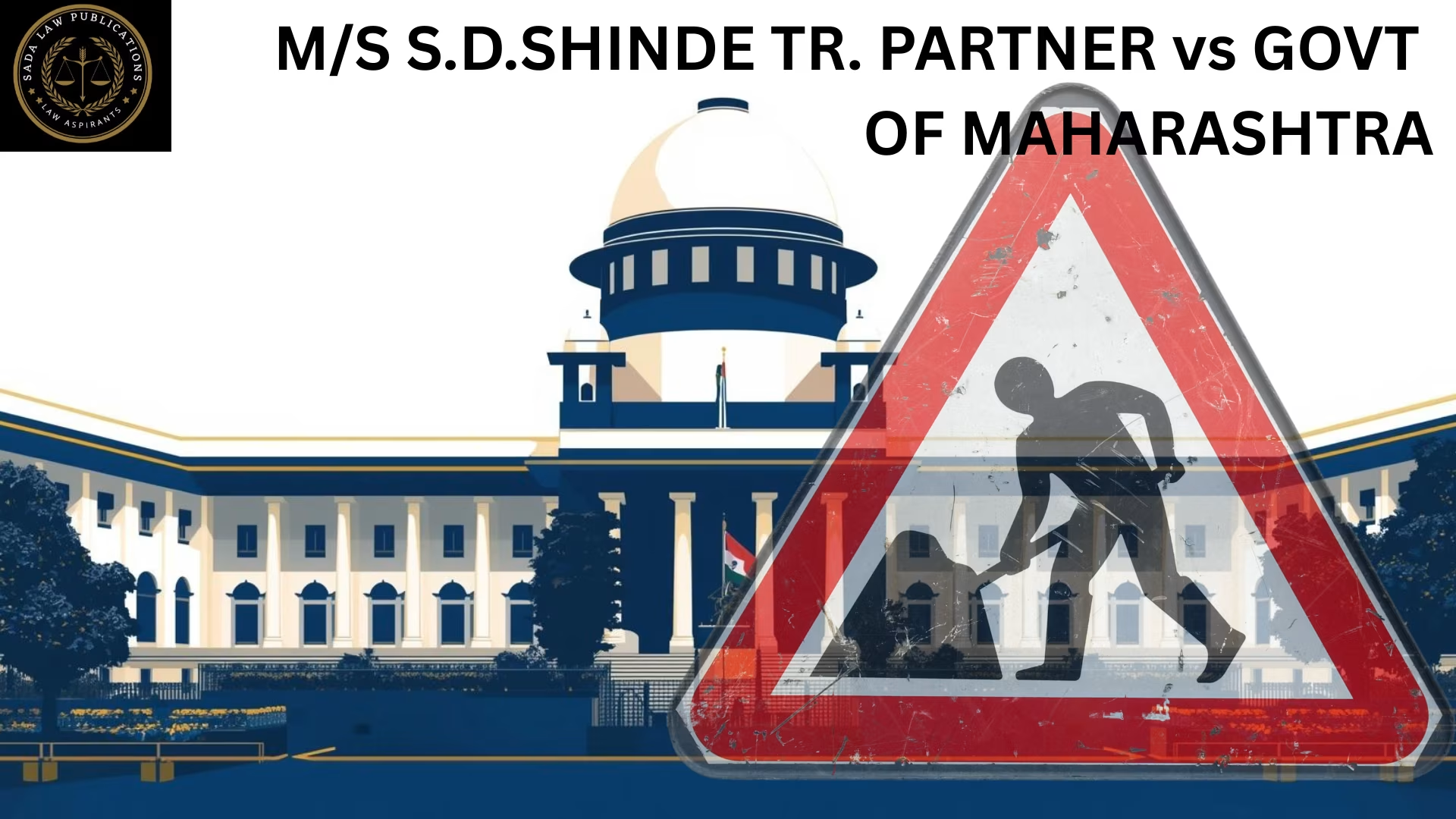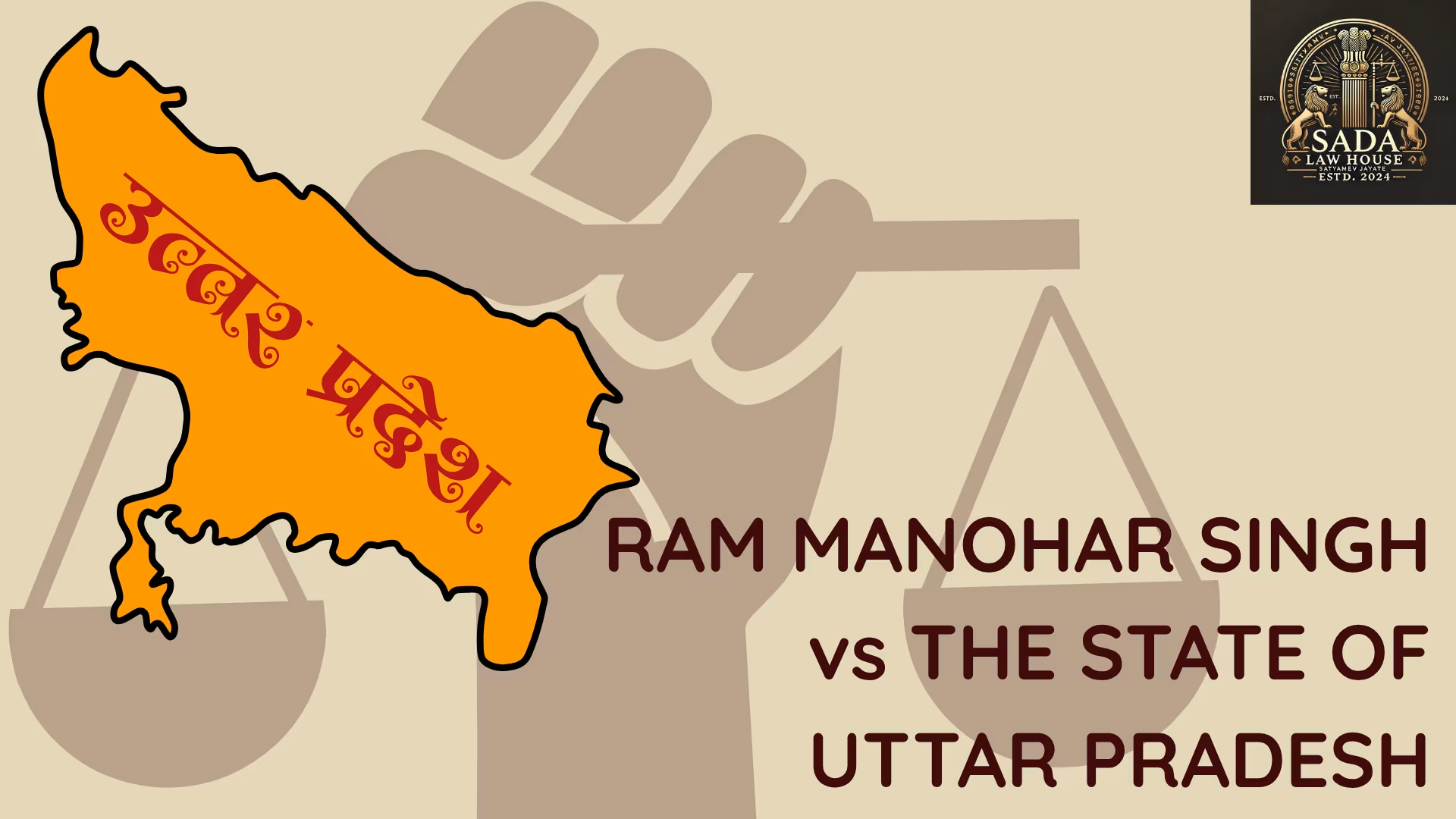Endocrinology and Immunology Lab v. E.S.I. Corporation: Application of the ESI Act to Pathological Labs
- PRABHAT KUMAR BILTORIA
- 13 October, 2025
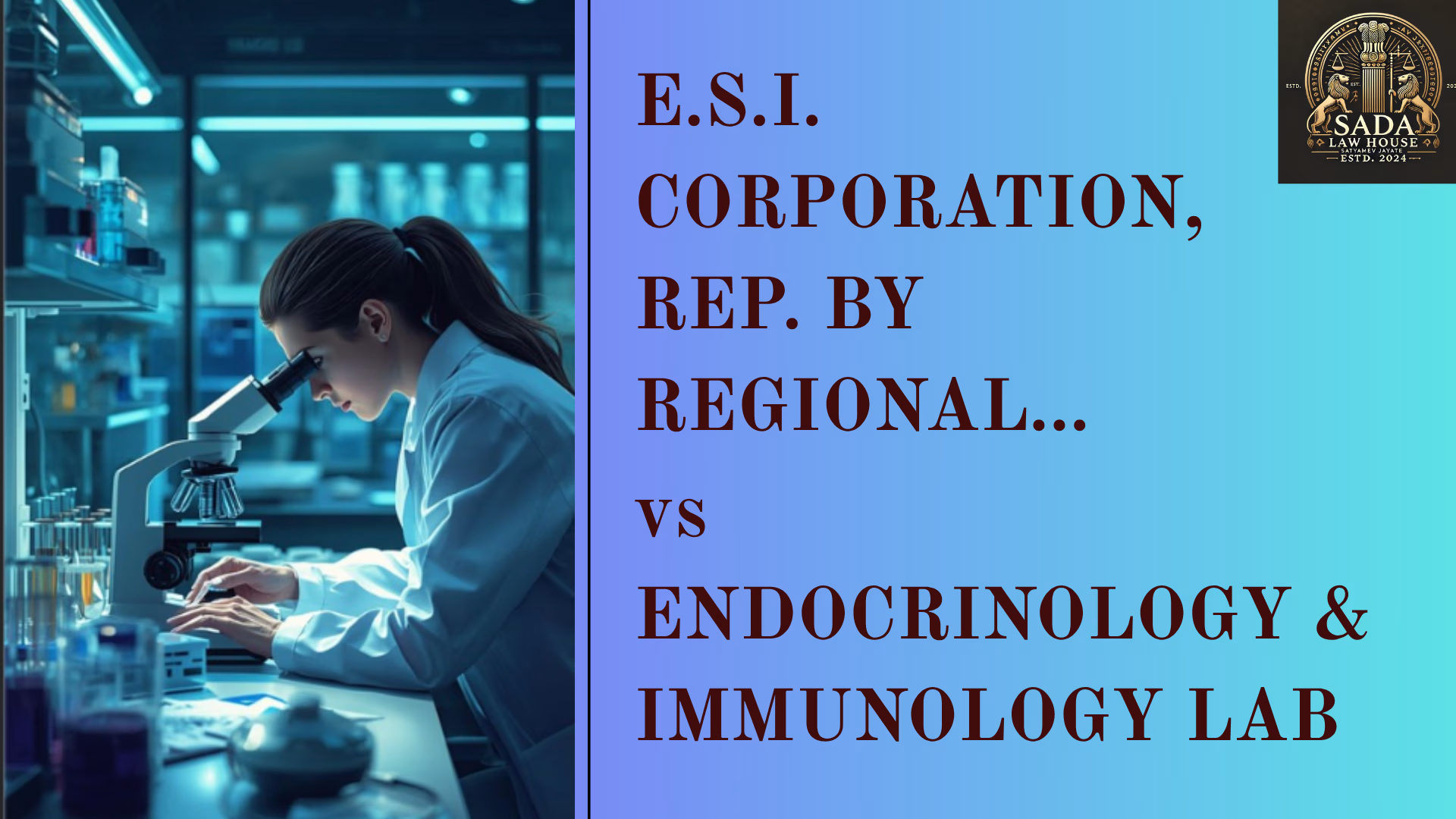
Introduction
This case addresses whether a pathological laboratory falls under the Employees’ State Insurance Act, 1948 (ESI Act) prior to the Kerala Government notification of September 6, 2007. The Employees’ State Insurance Corporation (ESIC) claimed coverage from an earlier date, citing prior notifications. The Supreme Court clarified the Act’s applicability to diagnostic and pathology laboratories.
Facts of the Case
Inspection of the respondent lab on April 1, 1999, found 19 employees.
ESIC issued a notice on April 1, 1999, claiming coverage.
The lab contested the applicability under Sections 75 and 77 of the ESI Act.
The ESI Court initially classified the lab as a “shop” under a 2002 amendment.
Kerala High Court ruled that the ESI Act would apply only from September 6, 2007, following a specific notification.
Issue of the Case
Key Question:
Whether a pathological laboratory qualifies as a “shop” under the Employees’ State Insurance Act, 1948 and is therefore eligible for ESI coverage prior to Kerala’s 2007 notification.
Judgment
The Supreme Court upheld the Kerala High Court ruling and rejected ESIC’s appeal. Key points include:
1. Definition of “Factory” and “Shop”
Referenced the Factories Act, 1948 and the ESI Act.
Lab could not be considered a factory as it did not manufacture goods.
“Shop” is undefined in the Act; ESIC’s attempt to classify labs relied on internal circulars, not legislation.
2. 1976 Notification
Included shops employing 10+ workers.
Court held pathological labs do not qualify as shops since they provide professional diagnostic services, not goods sale.
3. 2002 Memorandum and Circular
ESIC cited internal circulars to claim coverage.
Court emphasized that internal circulars cannot override statutory provisions.
4. 2007 Notification
September 6, 2007 notification specifically included medical facilities, diagnostic centers, and pathology labs with 20+ employees under the ESI Act.
Proper procedures, including Central Government approval, were followed.
Labs are covered only from this date onward, not before.
5. ESIC’s Inconsistent Position
The Court noted ESIC’s contradictory stance claiming prior coverage.
Reinforced that official notifications, not internal communications, determine ESI applicability.
Conclusion
The Supreme Court reiterated that social welfare legislation like the ESI Act must be strictly interpreted according to legislative text and notifications. Internal circulars cannot substitute official statutory processes. Pathological laboratories, such as the respondent, became subject to ESI coverage only after the Kerala notification on September 6, 2007.
Case Laws



